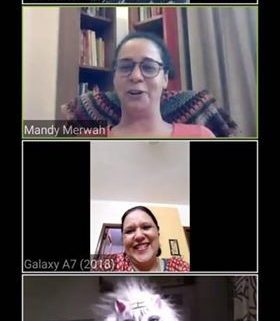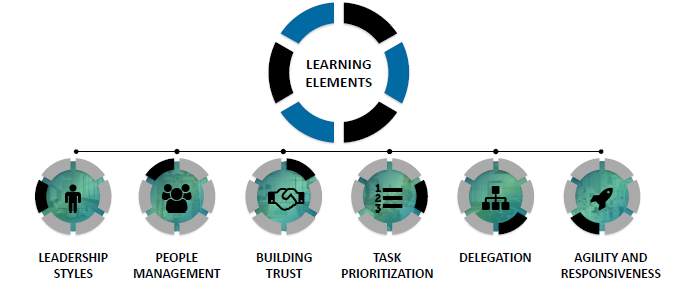In our lives there comes a time when we are supposed to lead in a situation, it could be by choice, by position or by circumstance. In either of the case we have people who depend on us and trust us to make the right decision.
It could be a manager in an office environment, a leader leading a mountain trek, a captain of the ship, a principal of an institute, a diving instructor or simply a father/ mother. In all these situations everyone looks up to the leader to resolve the crisis situation. So the leader can make or break the situation and hence needs to think timely, efficiently, wisely, patiently etc.. the list of qualities needed are many..
Robert Bacal talks about this very beautifully in his article (The excerpts from the article are below, followed by the original link)
“Here are eight principles to guide your leadership actions when the fog descends, applicable to ANY leadership situation.
1) Don’t Be Brash. Don’t Be Bold In Your Decision Making
There are times to be bold and brash, and to take risks. When you are fogged in it’s NOT the time. You may be tempted to pick a direction, any direction simply to “be moving. That’s a mistake. Lost in the fog, a hike leader may choose a direction, but there may only be one “right” direction, and many many wrong directions. Odds are not in your favor.
2) Staying Still IS O.K. For Leaders
The longer the fog exists, the more likely leaders will want to MOVE. It’s OK to stay still, to bide one’s time until there is at least some clarity, and some lifting of the fog. Forced actions are not usually the right actions, and forced decisions are not usually the right ones either.
3) When Stalled In The Fog, And Staying Still, Sound The Foghorn
If you can’t move in any direction, you still need to be visible. There can be a temptation to hold back from “leading the troops” because you have no new information. That’s a mistake. Be like the captain of a boat that is fogged in, and drops anchor. The boat may be stopped, but the fog horn sounds regularly and the fog lights glow brightly. You are the fog horn, the reassuring sound that your followers need to hear, regularly, loudly if necessary. You need to be present for them.
4) While Waiting, Focus on What IS Clear
If you are a hike leader and you are fogged in, you may not be able to pick a direction to get out of the pickle. That doesn’t mean you give up, and do not exert leadership. The trick is to focus “followers” on what needs to be done NOW, within the situation. So, to use the analogy, people need to eat, to be warm, to have a secure perimeter, while they sit. That needs to be organized, and leaders can engineer success for those tasks that ARE controllable, and CAN be achieved.
5) Be Open About The Factual Situation
Your followers almost certainly know that there’s trouble brewing, and there’s no obvious and immediate solution on the horizon. You need to deal with that in an open way, because they already know. If you don’t acknowledge the pickle, the fog, you sow seeds of mistrust.
6) Be Careful About Expressing Your Negative Emotions
Emotional authenticity is over-rated. You may be tempted to share your fears, negative emotions or worries about the future, in the interest of being open and authentic. Don’t. If followers see you worried and frightened, their negative emotional reactions will skyrocket, and that will interfere with executing a solution as the fog lifts. If you need an emotional sounding board, look for it outside your followers/employees and colleagues. Your employees and followers are not your therapists.
Other Things To Keep In Mind
7) The Fog Will Lift, Or It Won’t But Generally Most Survive
Fog isn’t permanent. It usually lifts and a path to follow emerges. Sometimes that path is unpleasant, but at least it’s a clear direction. When the fog lifts, and you find things are bad, then it’s time to lead THROUGH the bad times. Bottom line: bad things can happen. Companies can go under. People can get lost, but ultimately, people survive, and eventually move on.
8) Share The Path Once The Fog Diminishes
Don’t forget that the job isn’t just to lead when fogged in, but to lead others down the path, new or otherwise, that emerges once there’s at least some clarity. Make sure that once a direction, new or otherwise has emerged, that it be shared with followers. Uncertainty is the enemy of morale, and the enemy of commitment.
http://leadership.blognotions.com/2014/10/10/leading-when-the-way-forward-isnt-clear-and-the-fog-rolls-in/
Shelly Prabhakar






